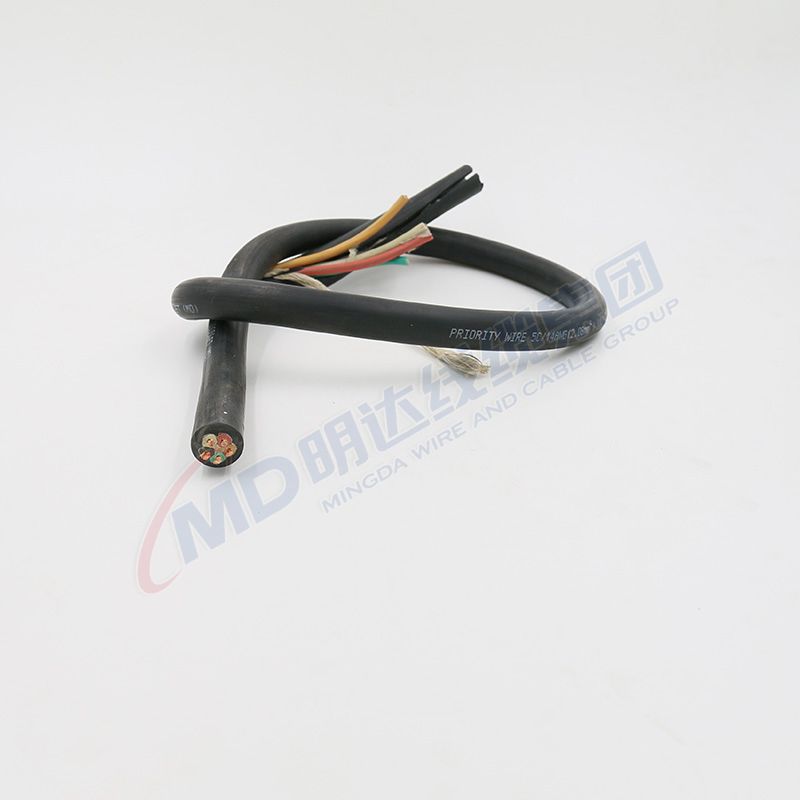okt . 13, 2024 07:52 Back to list
Understanding Flow Control Check Valves for Efficient System Management
Understanding Flow Control Check Valves Essential Components in Fluid Systems
Flow control check valves play a critical role in various fluid systems, ensuring that fluids are directed and controlled with precision. These valves are designed to regulate the flow of liquids and gases, allowing for optimal performance in industrial, commercial, and residential applications. This article will explore the fundamental principles behind flow control check valves, their types, applications, and significance in modern fluid management systems.
What is a Flow Control Check Valve?
A flow control check valve is a device that is designed to allow fluid to flow in one direction while preventing backflow. This characteristic is vital in maintaining system integrity, as backflow can cause contamination, damage, or inefficient operation of machinery. Flow control refers to the ability to regulate the amount of fluid passing through the valve, providing both directional control and flow rate management.
How Do They Work?
The basic operation of a flow control check valve relies on the differential pressure across the valve. When the fluid flows in the intended direction, it generates pressure that opens the valve. Conversely, if there is a reverse flow, the valve closes, preventing backflow. The core components of a check valve typically include a body, a disc (or ball), and a spring mechanism, which ensures that the valve closes when not in use.
Types of Flow Control Check Valves
There are several types of flow control check valves, each suited for different applications
1. Swing Check Valves These valves have a disc that swings on a hinge, allowing fluid to flow in one direction. When backflow occurs, the disc swings closed, creating a seal to prevent reverse flow. Swing check valves are commonly used in larger pipes and applications with low flow rates.
flow control check valve

2. Lift Check Valves Lift check valves feature a disc that rises and falls. When fluid flows in the correct direction, the disc is lifted off its seat, allowing for flow. If backflow occurs, the disc drops back down, sealing off the flow path. These valves are suitable for high-pressure systems.
3. Ball Check Valves In ball check valves, a ball is used as the closure mechanism. The ball is seated in a way that allows fluid to lift it when flowing forward, but gravity or reverse flow will cause the ball to seal the flow path. Ball check valves are versatile and can be used in various applications.
4. Diaphragm Check Valves These valves use a flexible diaphragm to create a seal. When fluid flows in the correct direction, the diaphragm moves and allows flow. In reverse flow situations, the diaphragm seals against the valve body, effectively preventing backflow. Diaphragm valves are often found in sensitive applications, such as in the pharmaceutical industry.
Applications of Flow Control Check Valves
Flow control check valves are widely used across various sectors, including
- Water and Wastewater Treatment These valves help manage water flow and prevent contamination in treatment facilities. - Oil and Gas Industry Flow control check valves are crucial in pipeline systems, protecting equipment and ensuring safe operation. - HVAC Systems In heating, ventilation, and air conditioning systems, these valves regulate the flow of air and fluids, enhancing efficiency. - Food and Beverage Maintaining hygiene and preventing backflow is essential in food processing, making check valves indispensable.
The Importance of Flow Control Check Valves
The importance of flow control check valves cannot be overstated. They not only protect equipment and ensure operational efficiency but also contribute significantly to safety by preventing accidents caused by backflow. Regular maintenance and inspection of these valves are essential to ensure their proper functioning, which, in turn, guarantees the reliability of fluid systems.
In conclusion, flow control check valves are vital components in any fluid management system. Understanding their types, functionality, and applications allows industries to implement effective solutions for fluid control. As technology advances, these valves continue to evolve, offering improved reliability, efficiency, and safety, ensuring that they remain a cornerstone in fluid dynamics. Whether in an industrial, commercial, or residential context, the effective use of flow control check valves is integral to the efficient operation of fluid systems worldwide.
Share
-
Reliable Wafer Type Butterfly Valves for Every IndustryNewsJul.25,2025
-
Reliable Flow Control Begins with the Right Ball Check ValveNewsJul.25,2025
-
Precision Flow Control Starts with Quality ValvesNewsJul.25,2025
-
Industrial Flow Control ReliabilityNewsJul.25,2025
-
Engineered for Efficiency Gate Valves That Power Industrial PerformanceNewsJul.25,2025
-
Empowering Infrastructure Through Quality ManufacturingNewsJul.25,2025